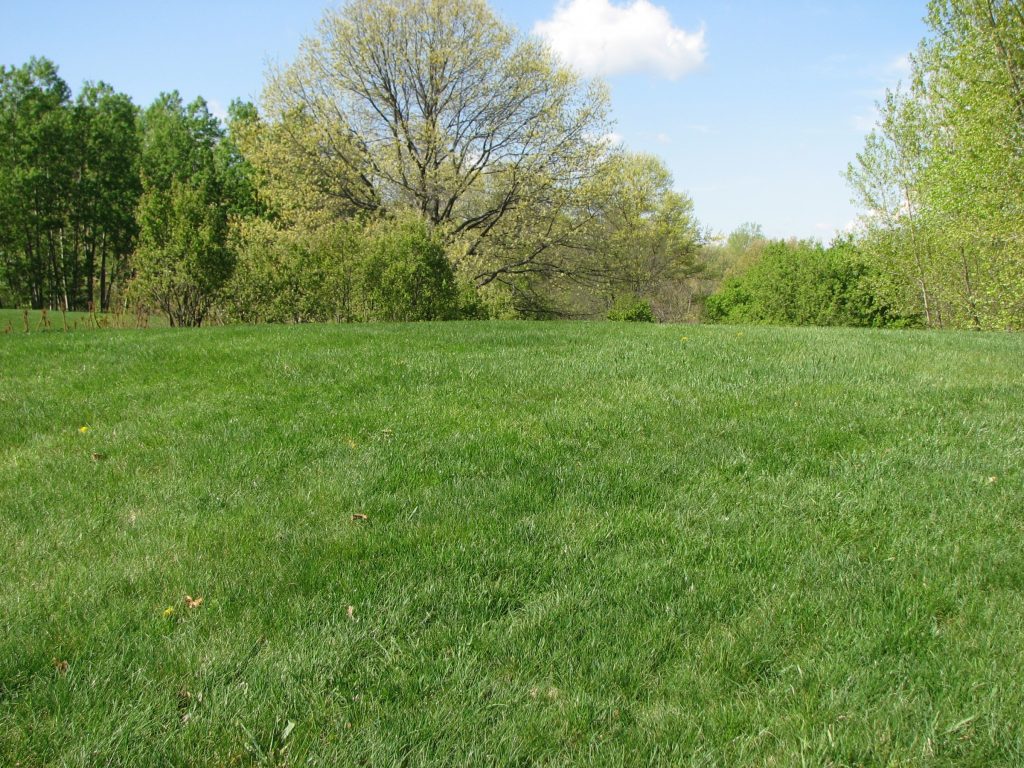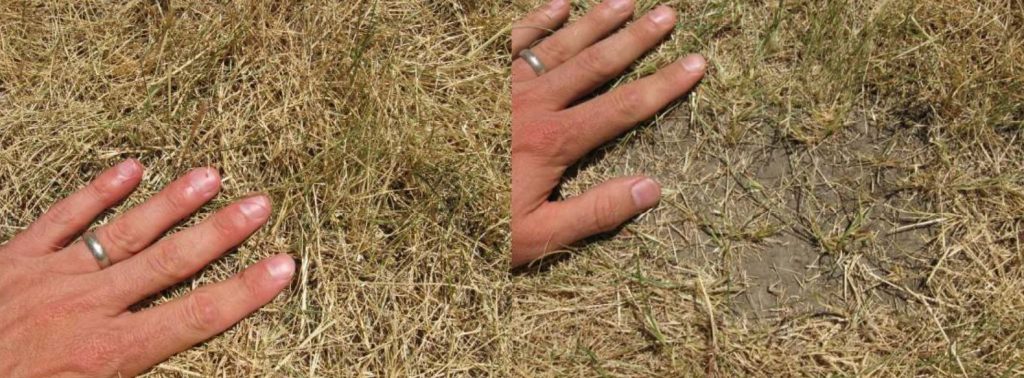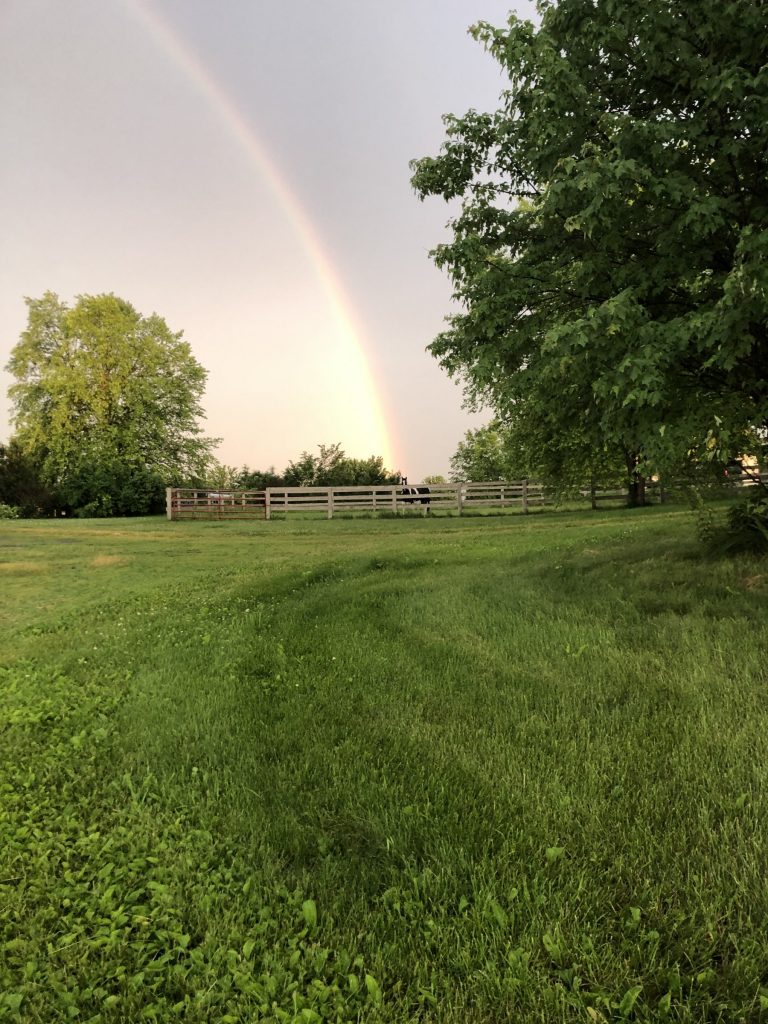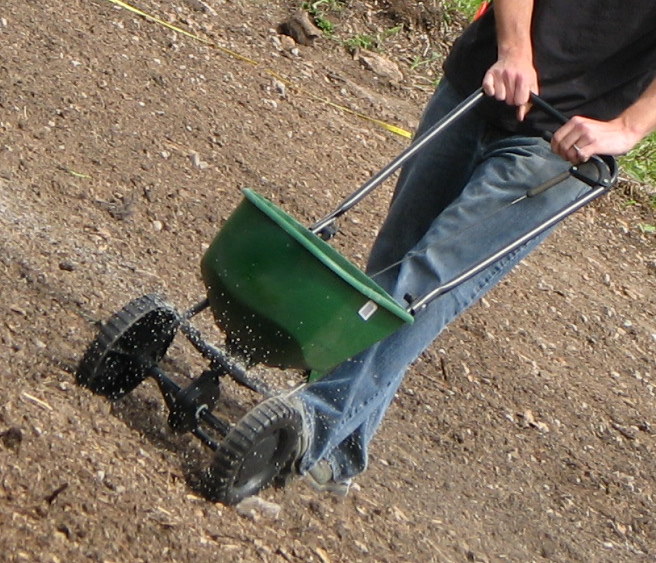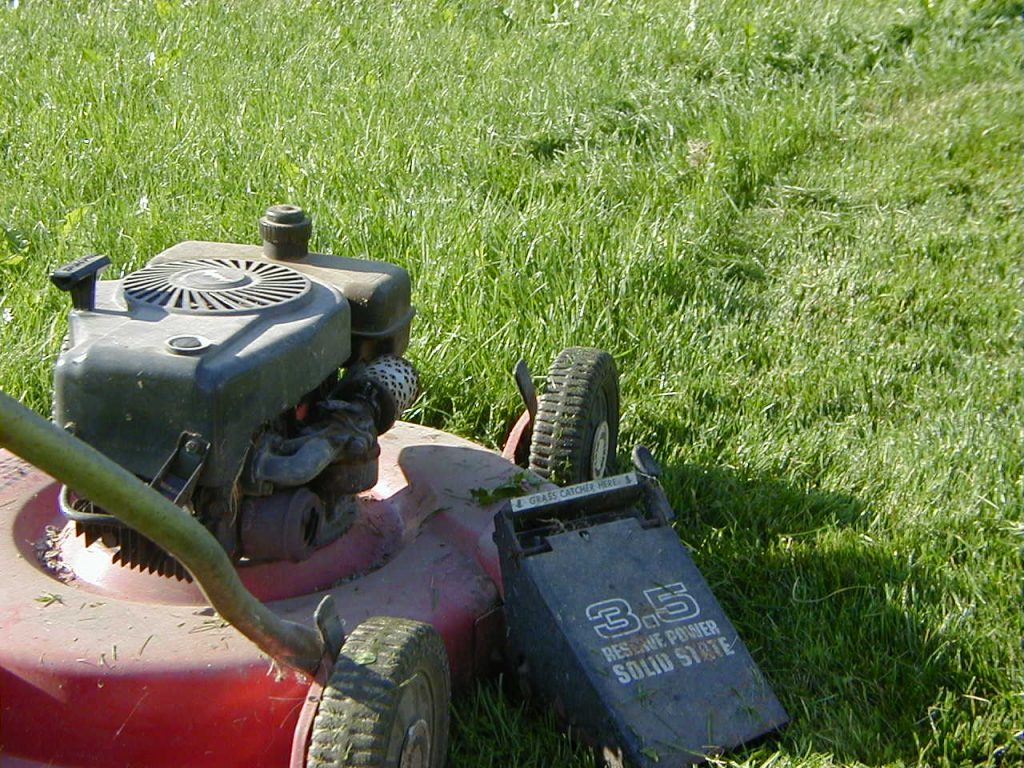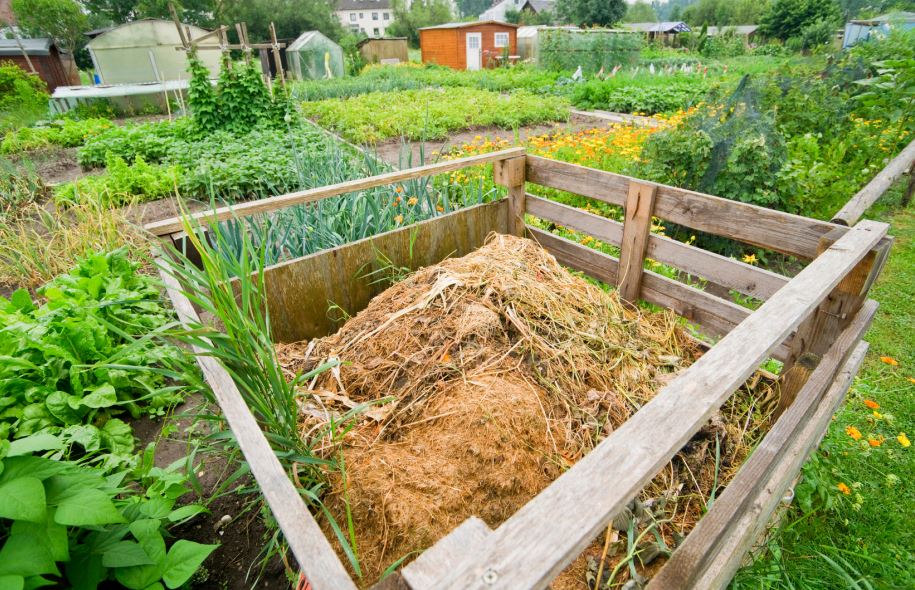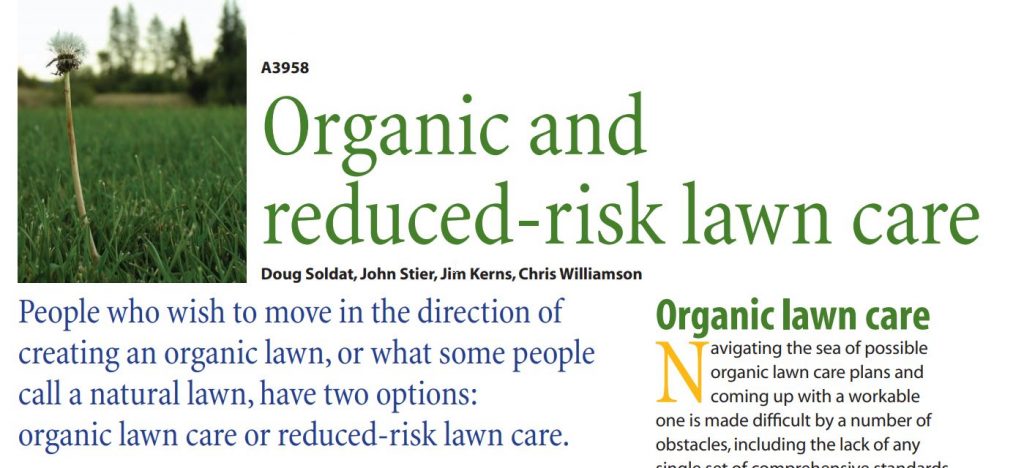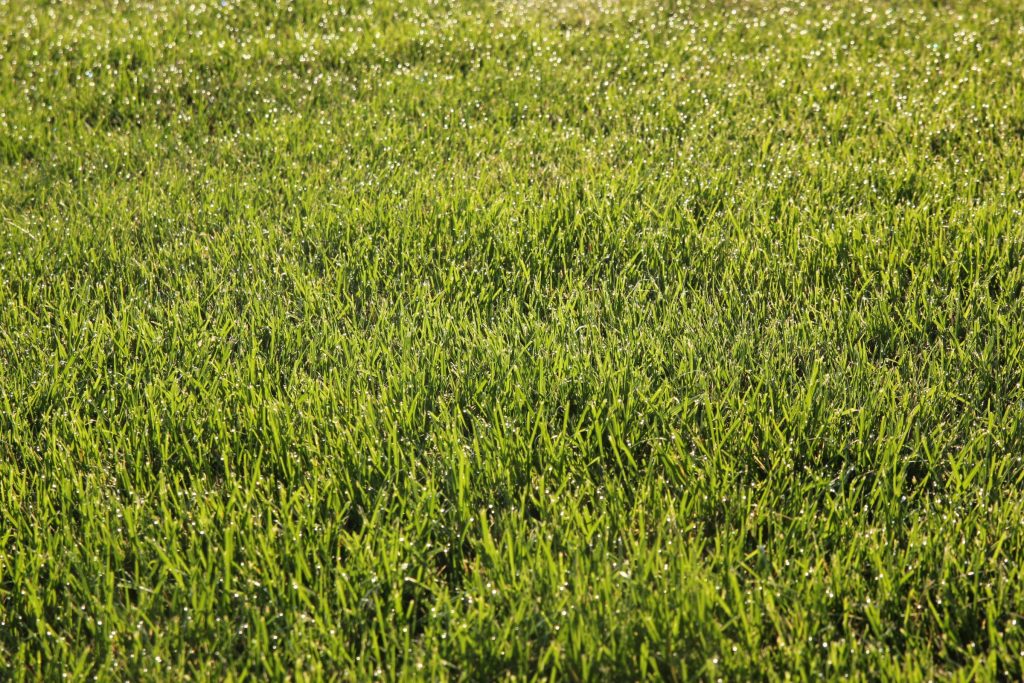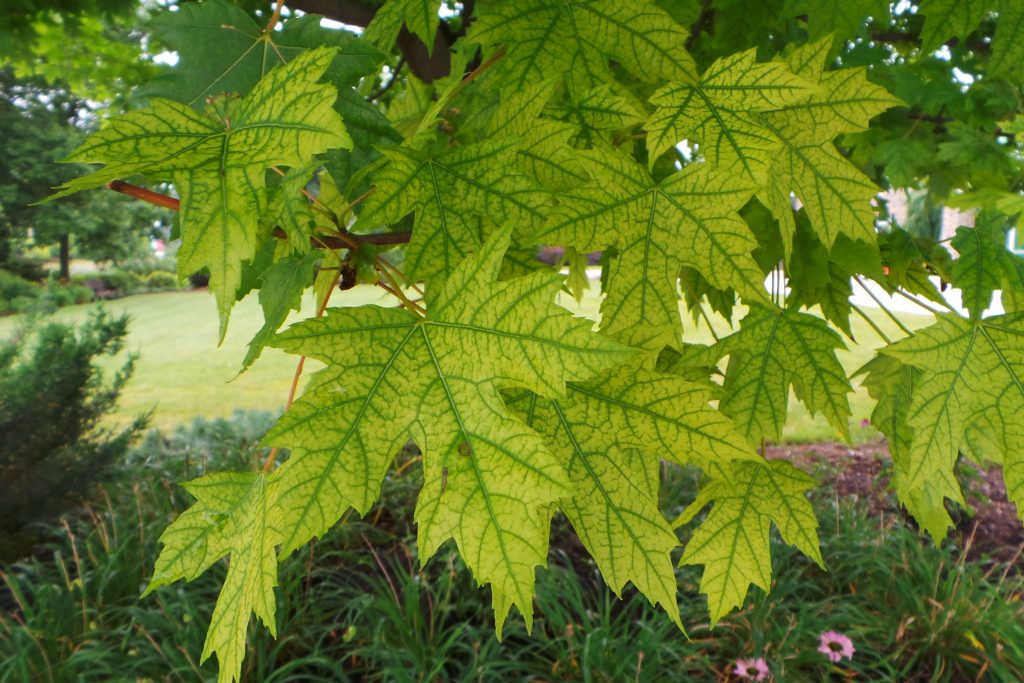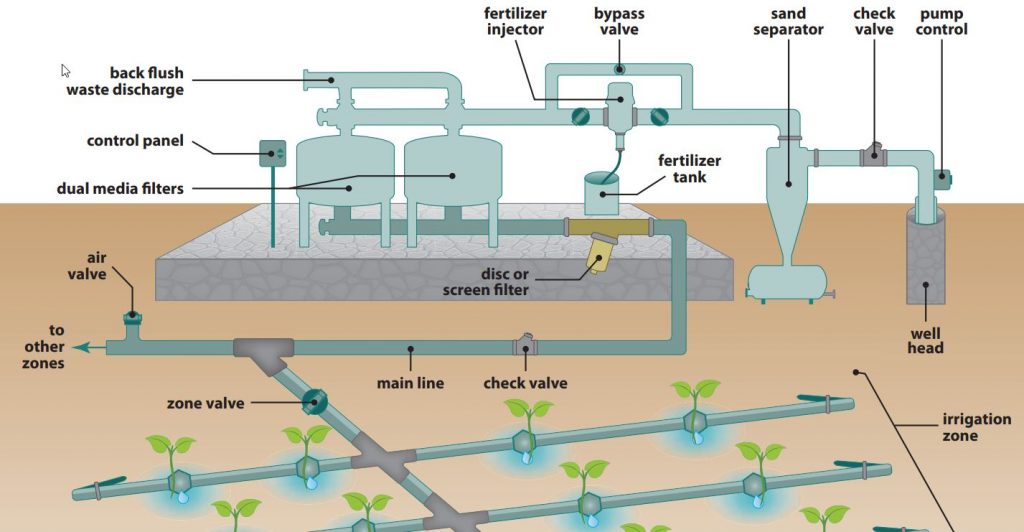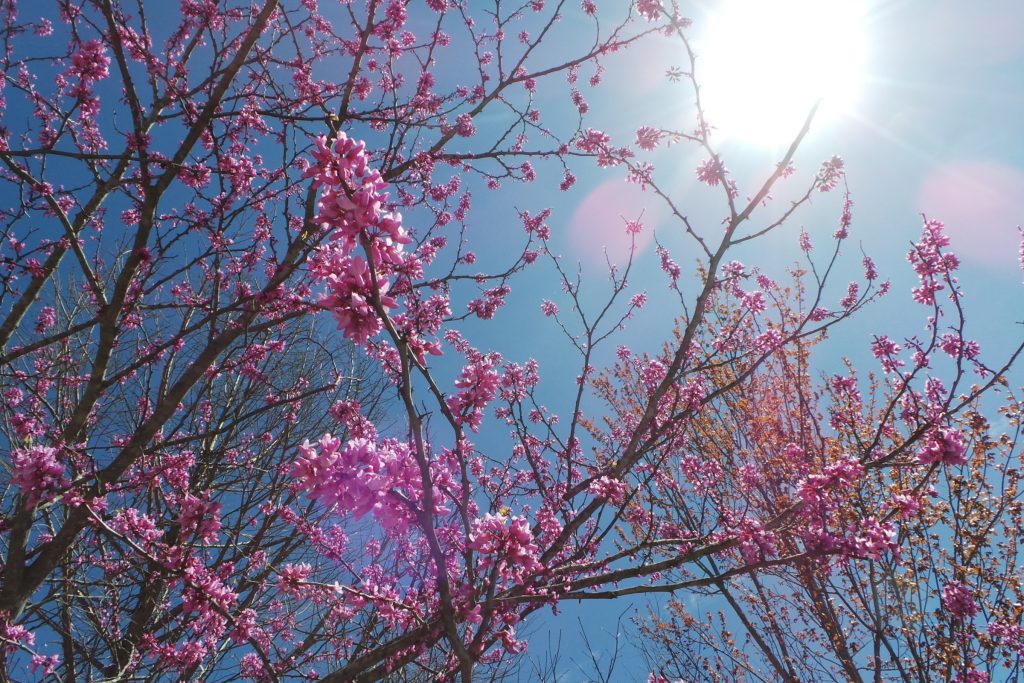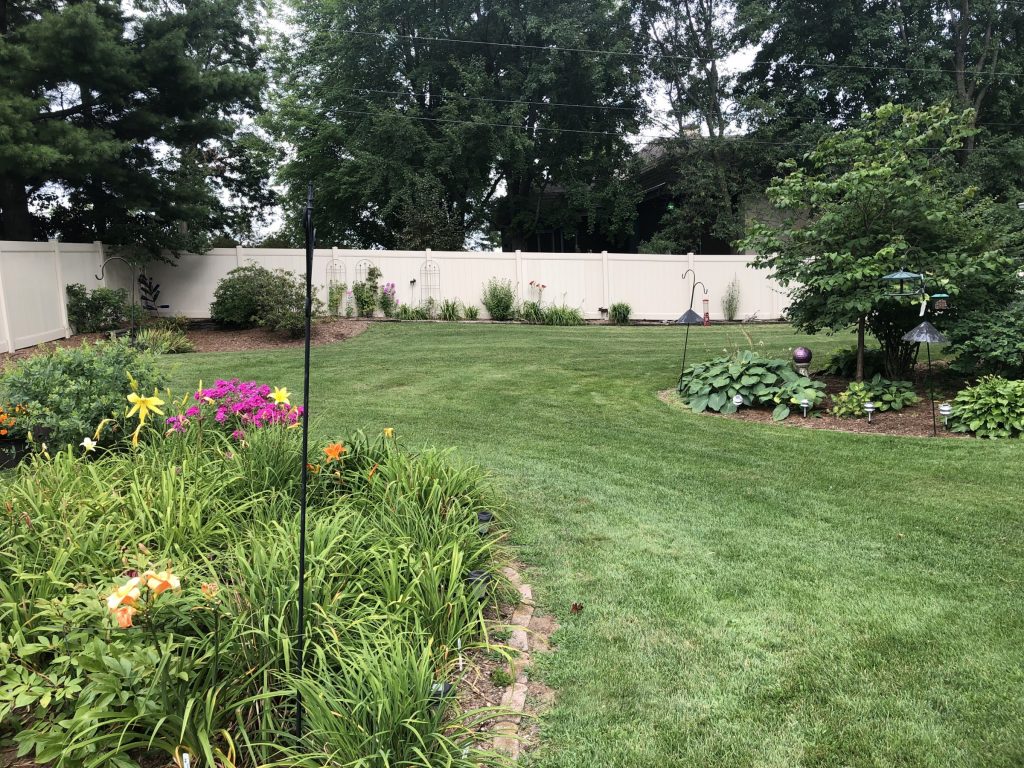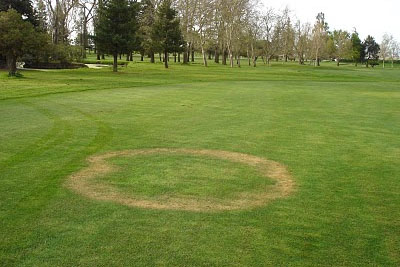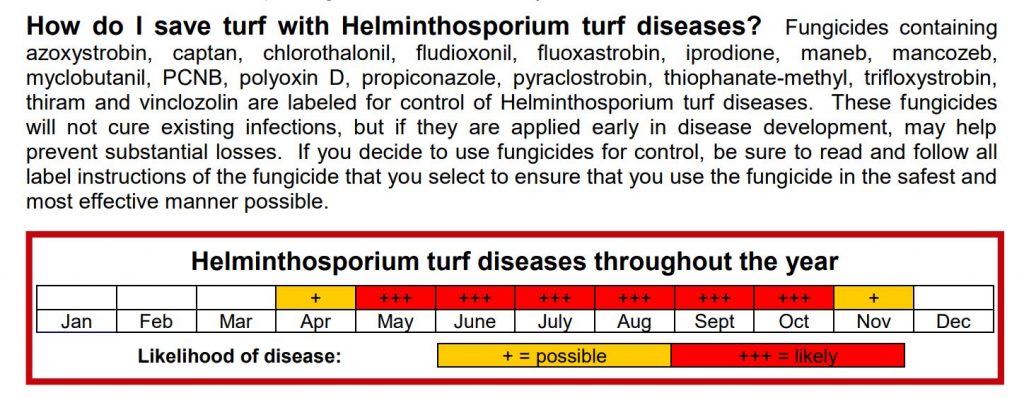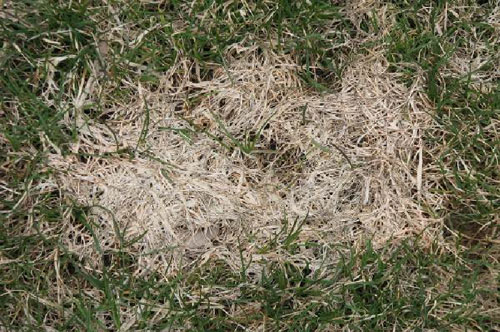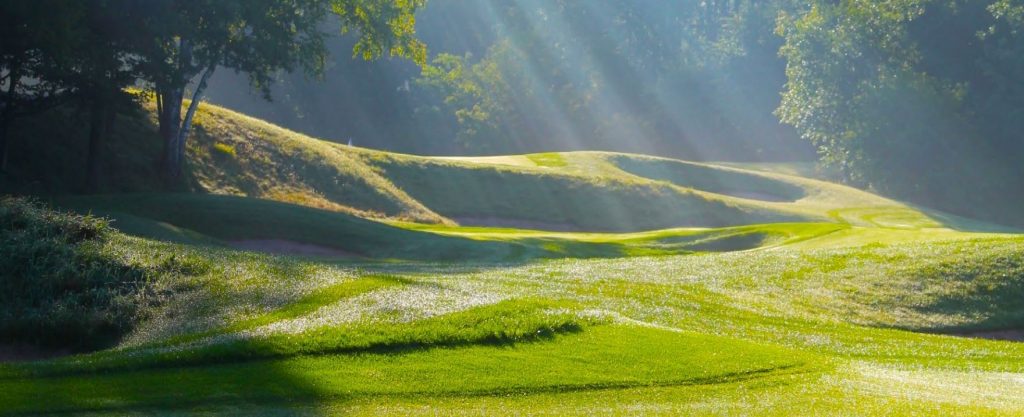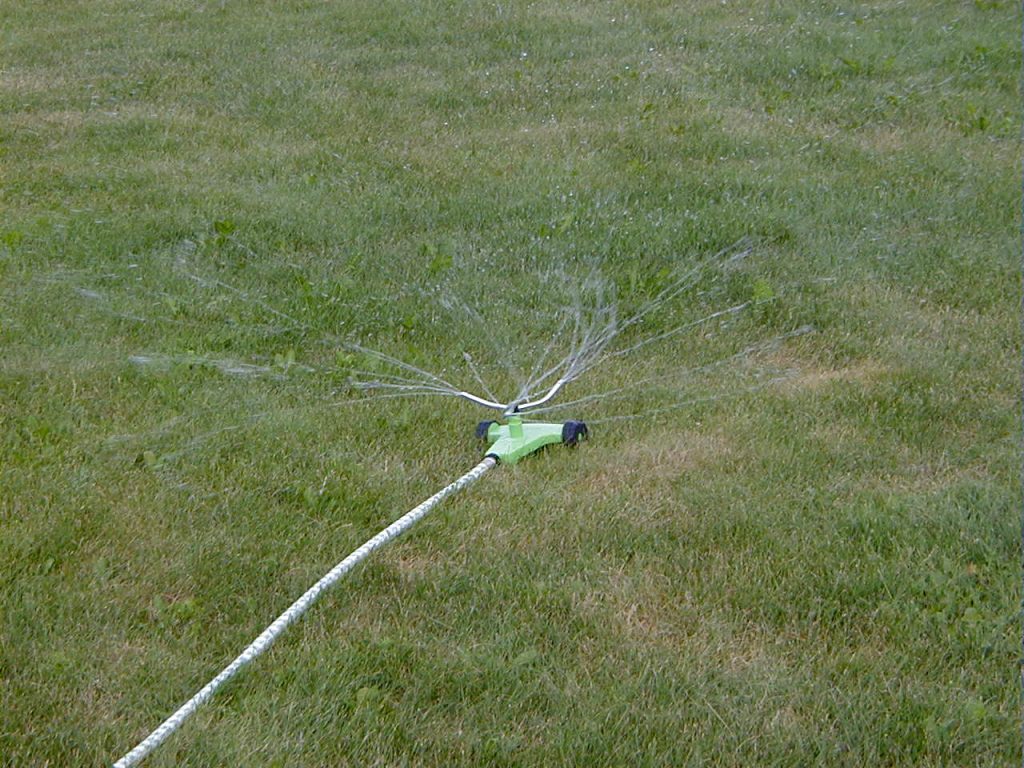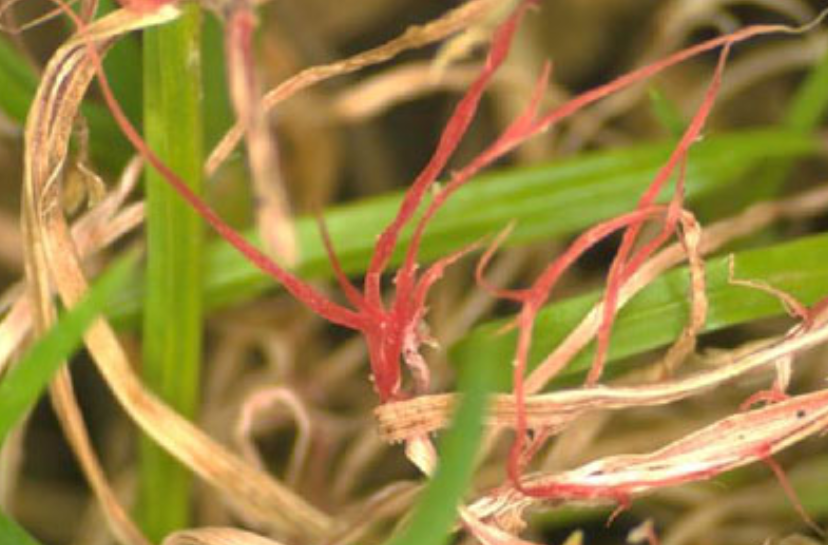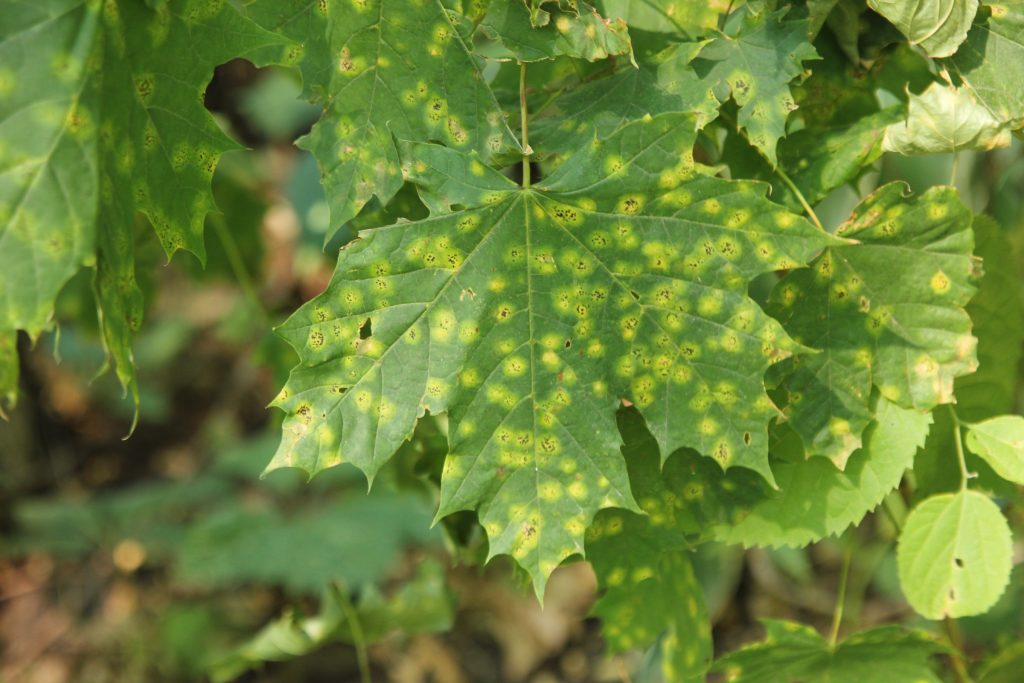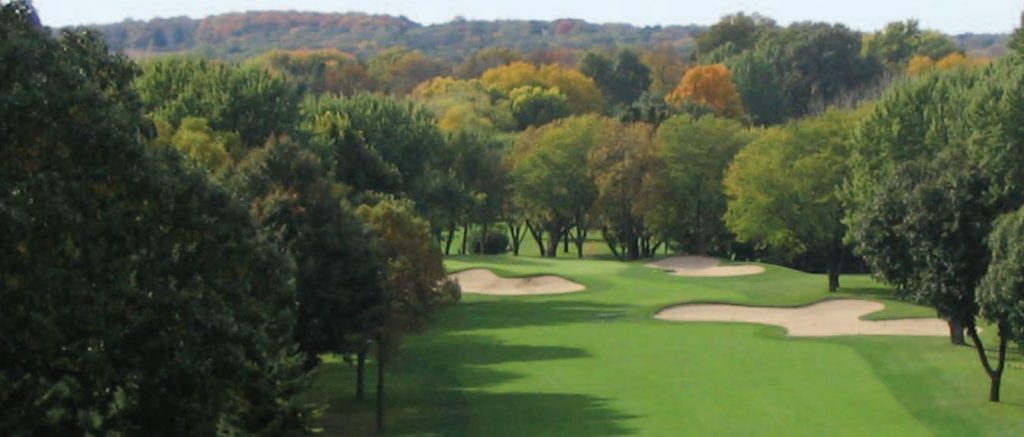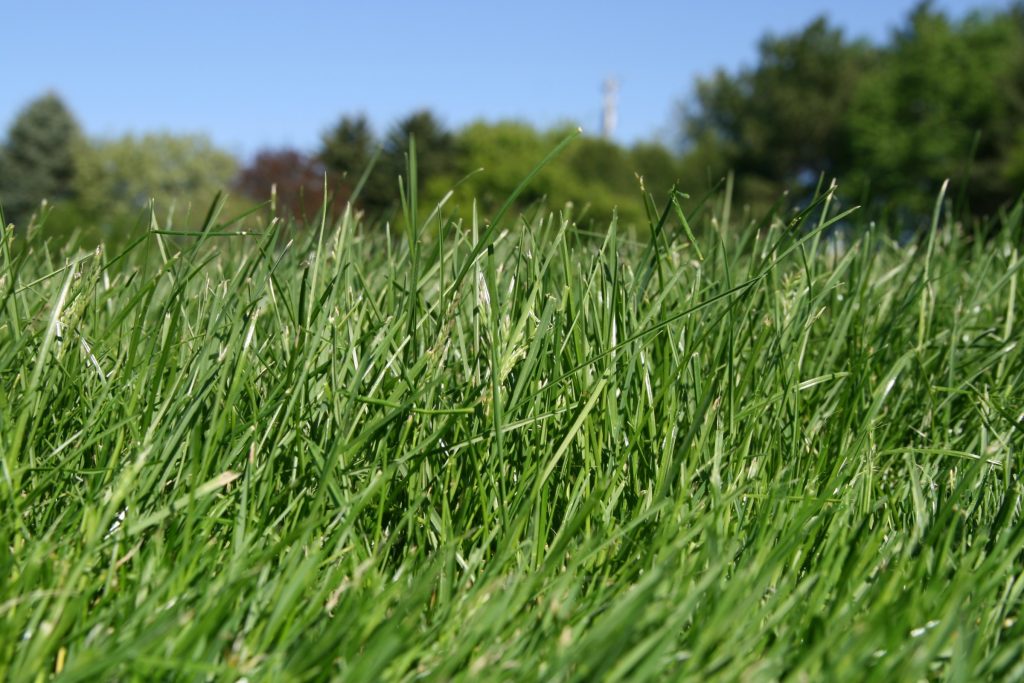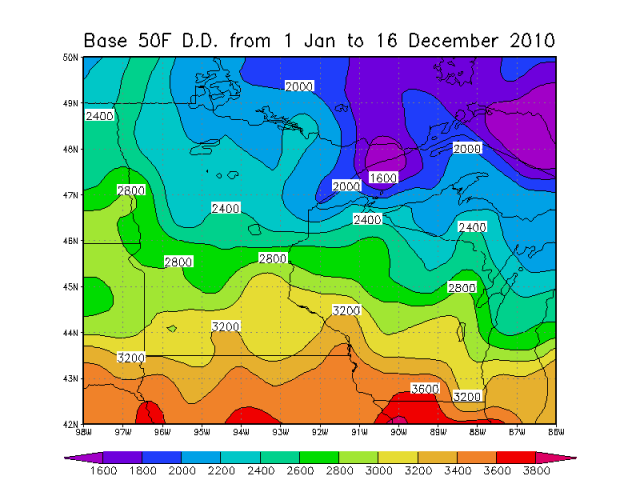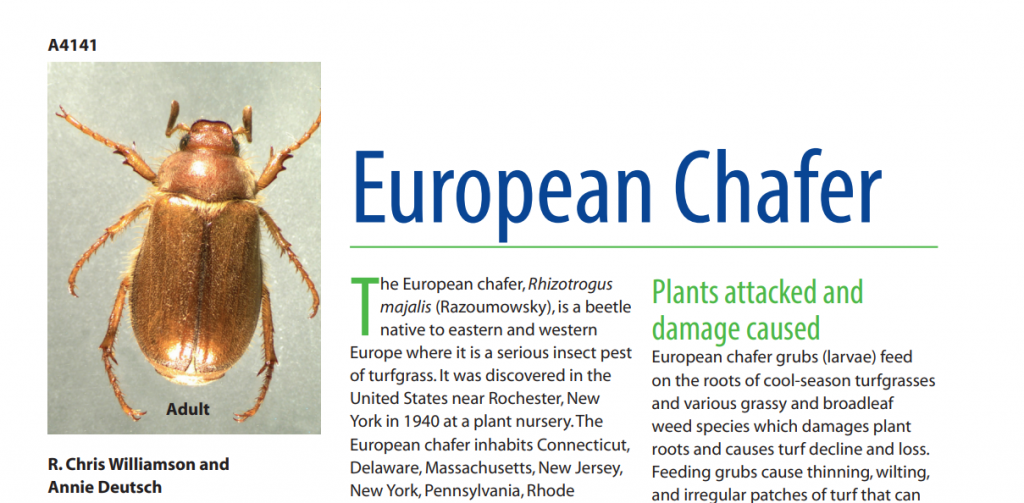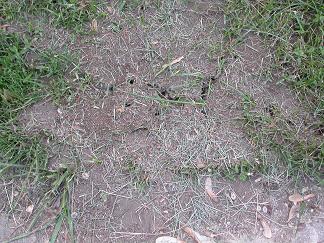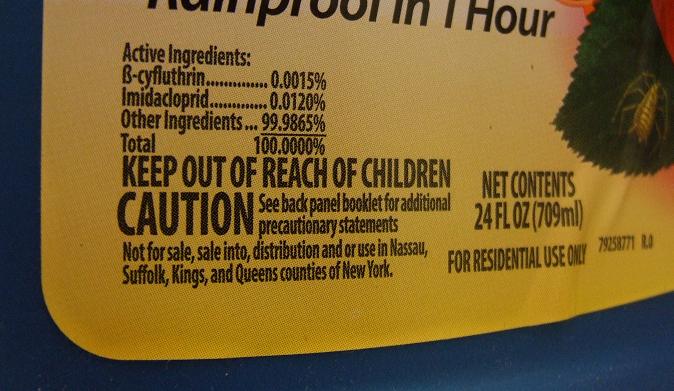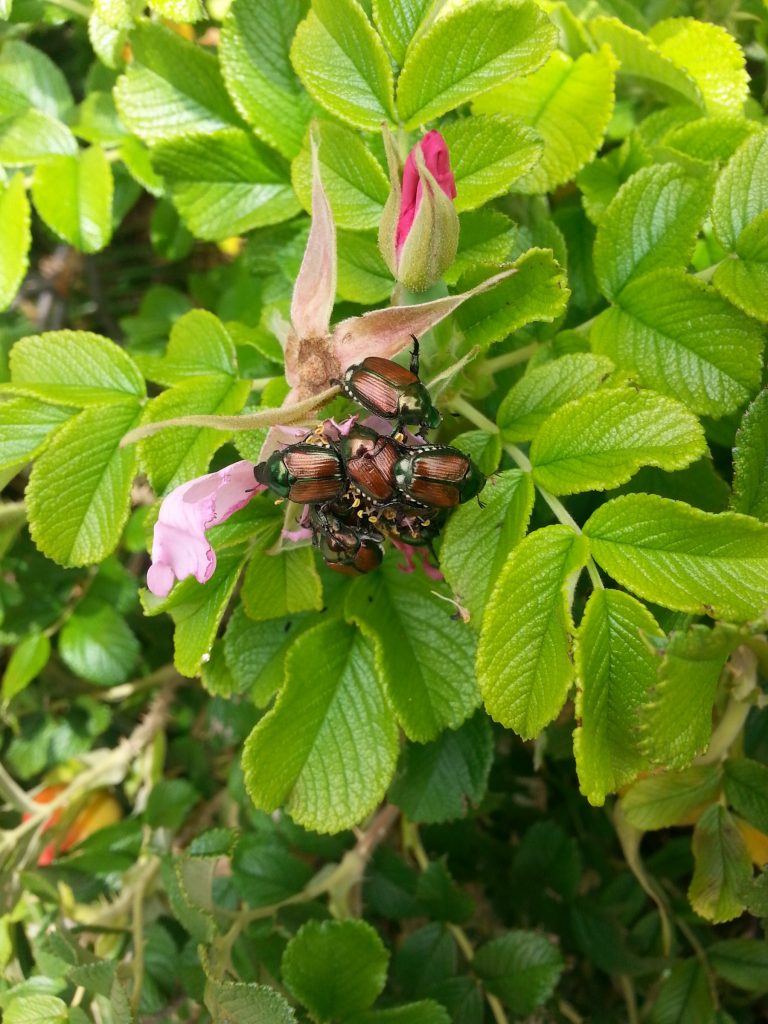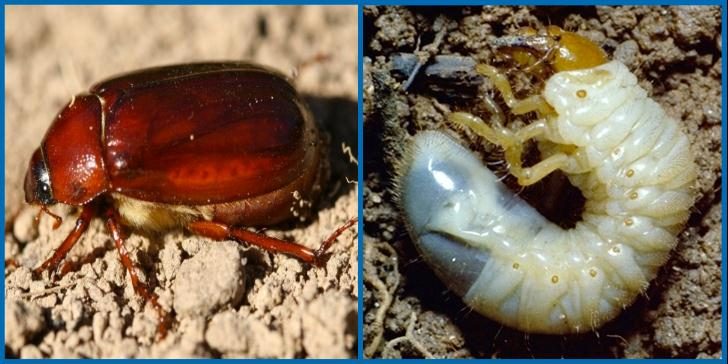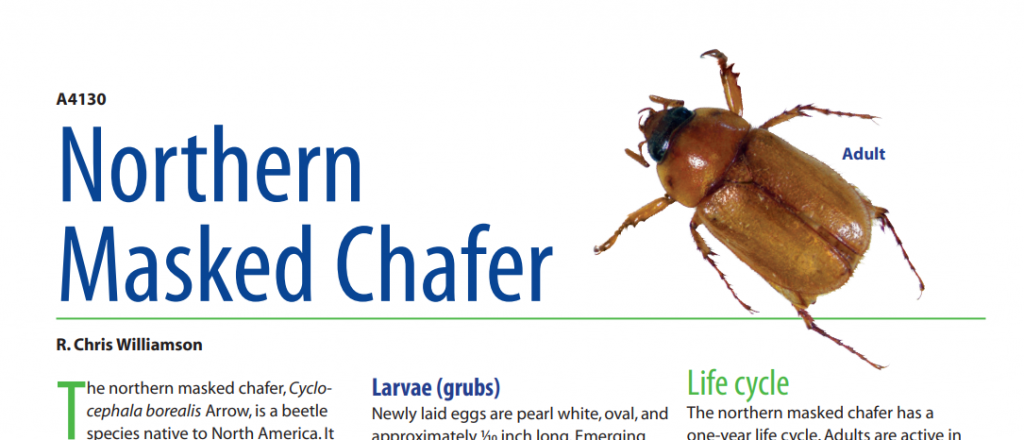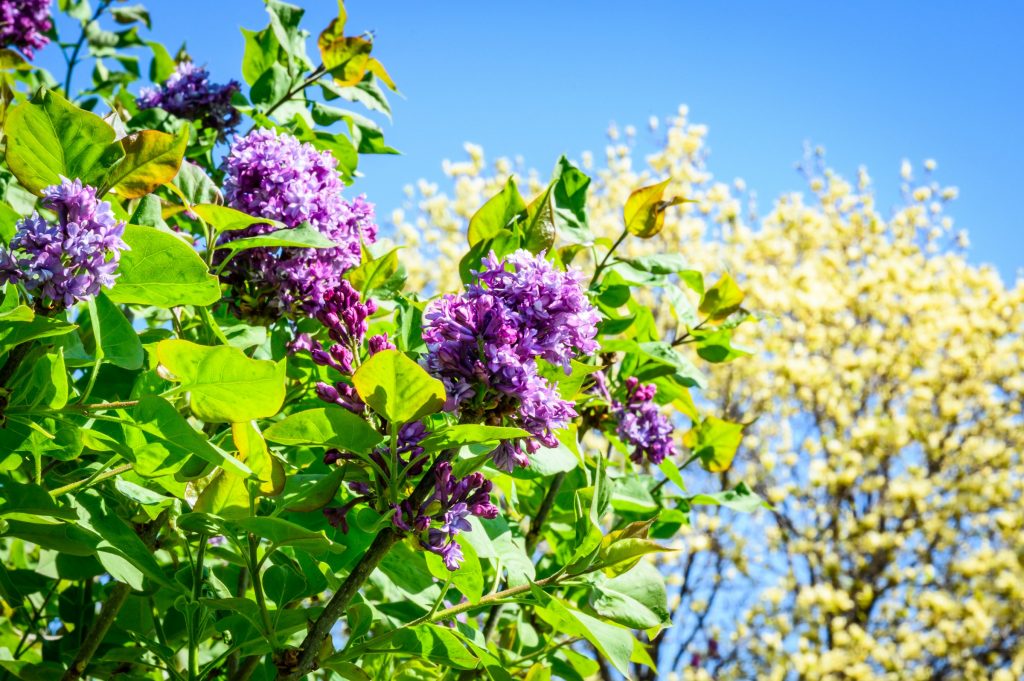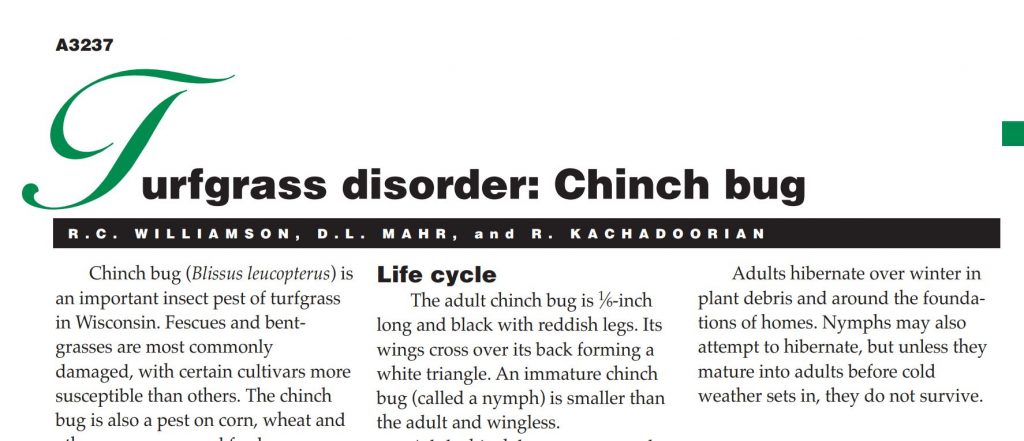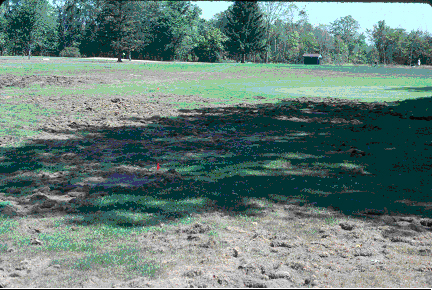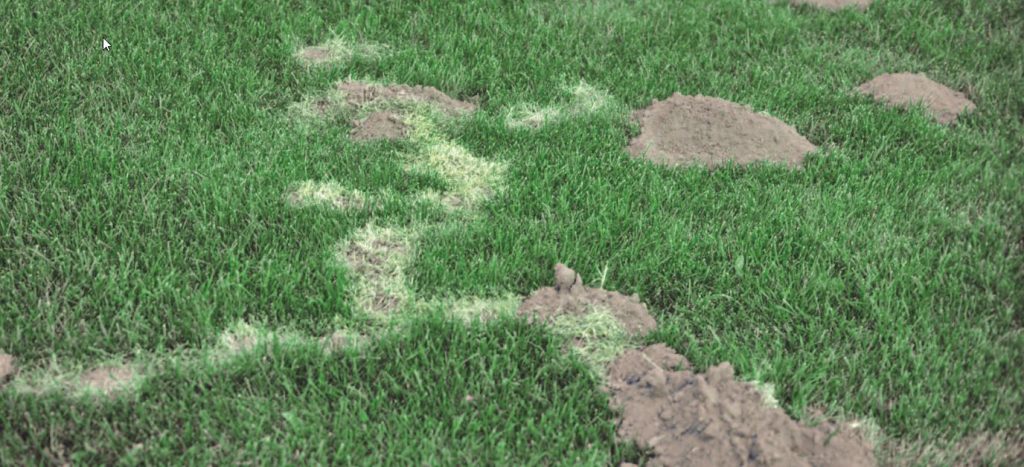Lawns


Lawns
Lawns are cultivated grass species that are mowed and maintained for aesthetic purposes, recreational activities, and as space for relaxation. Use the guide below to learn more about lawns in Wisconsin.
Lawn Videos

Find recorded Extension video programs ranging on topics from fundamentals of shrub pruning to proper tree planting by clicking the button below.
General Lawn Resources
Discover a variety of resources on lawns. Dive into guides, articles, and websites below!
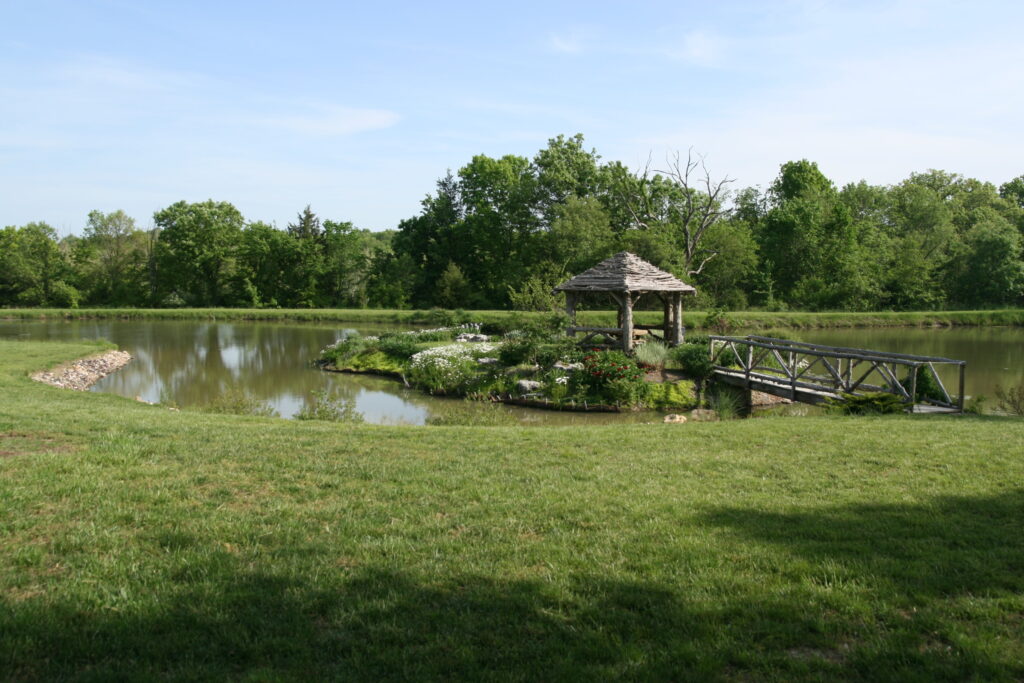
Turfgrass Diagnostic Lab
The Turfgrass Diagnostic Lab (TDL) provides fast and accurate diagnostic information and management recommendations for all turf health issues.
Disease ID Keys
Common turfgrass disease descriptions and environmental conditions conducive to those diseases.
Submit a Lawn Sample for Diagnosis
Collect and submit a lawn sample for disease diagnosis.
Wisconsin Lawn Care Calendar
This lawn care calendar provides an overview of home lawn maintenance. Not all lawns require every maintenance activity.
Popular Lawn Articles
Discover our most popular lawn articles below!
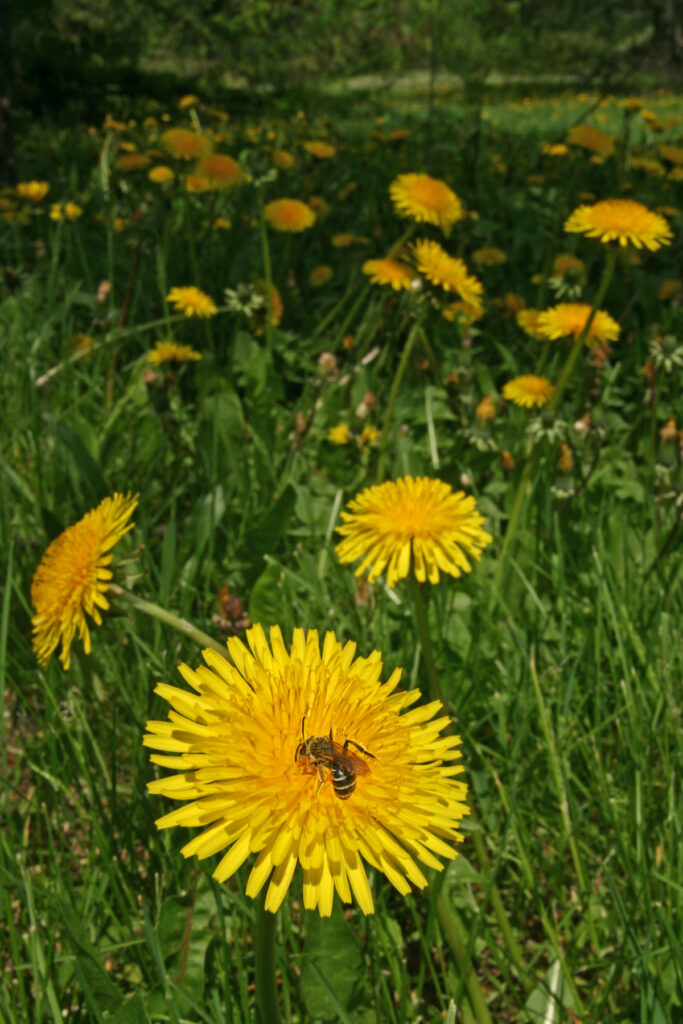
Alternatives to Lawn: Groundcovers
Groundcover plants are low growing perennials that spread by trailing stems and cover an area of the ground. Groundcovers provide an excellent alternative for turfgrasses in shade and other tough areas in the landscape.
Conservation of Native and Domestic Pollinators in Managed Turfgrass Landscapes
Through two simple practices, homeowners and professional landscape managers alike can maintain aesthetically pleasing turfgrass landscapes while doing so in environmentally responsible ways.
General Lawn Maintenance
This resource provides extensive advice on lawncare, from mowing, to fertilizing, to watering, and even how to manage common lawn problems.
Identifying Grasses in Wisconsin
This publication will help you identify the 30 most common grass species in Wisconsin turf.
Lawn Disease Quick Reference
Learn to identify seven common Wisconsin turf diseases.
Managing Turfgrass Pests in Wisconsin
This publication describes pest management options available to professional turfgrass managers to keep turf in top condition while limiting potential harm to the environment.
Organic and Reduced-Risk Lawn Care
This publication discusses soil preparation, mowing, watering, fertilizing, control of weeds, diseases, and insects for organic lawns.
What’s the deal with “No Mow May?”
Many people have committed to not mowing their yards in May, allowing flowering plants to grow to help provide food for pollinators. Before you stow away your mower for May, let’s look at what options you can take to help pollinators this Spring.
Articles
Click on each section below to browse a list of categorized articles.
Establishment
Care and Maintenance
Diseases & Disorders
Insects
Other
Submit additional lawn, landscape and gardening questions using our Ask Your Gardening Question form.
For turf diagnostics, see the UW Turf Diagnostic Lab website.

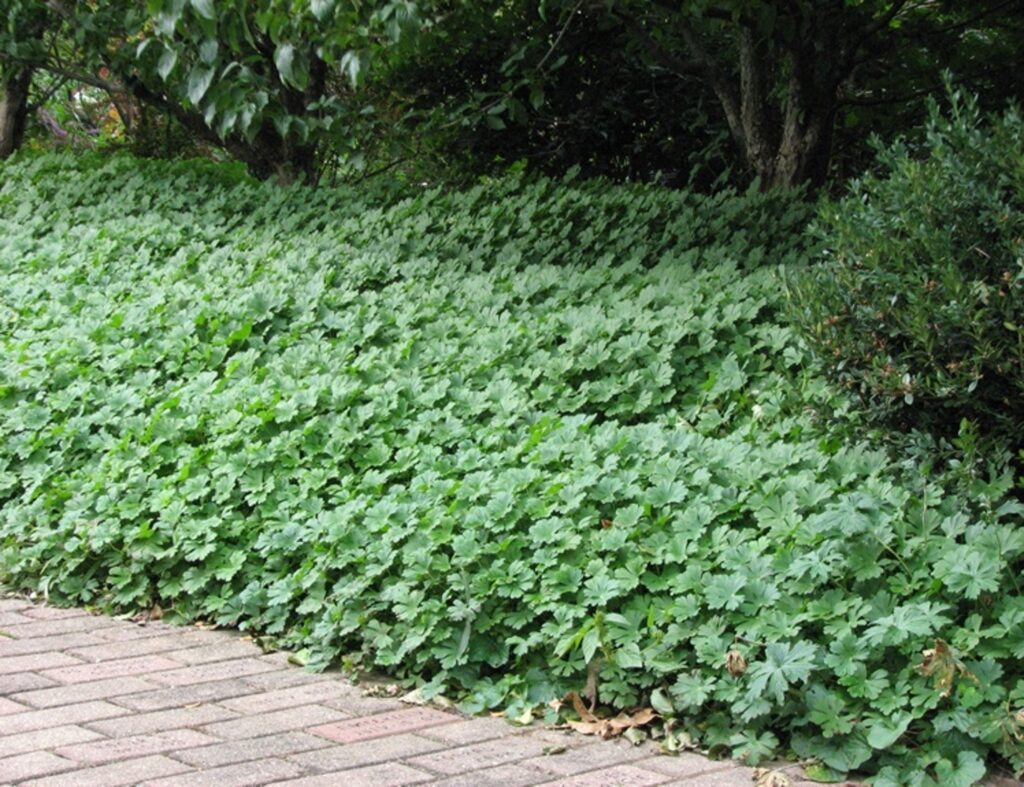
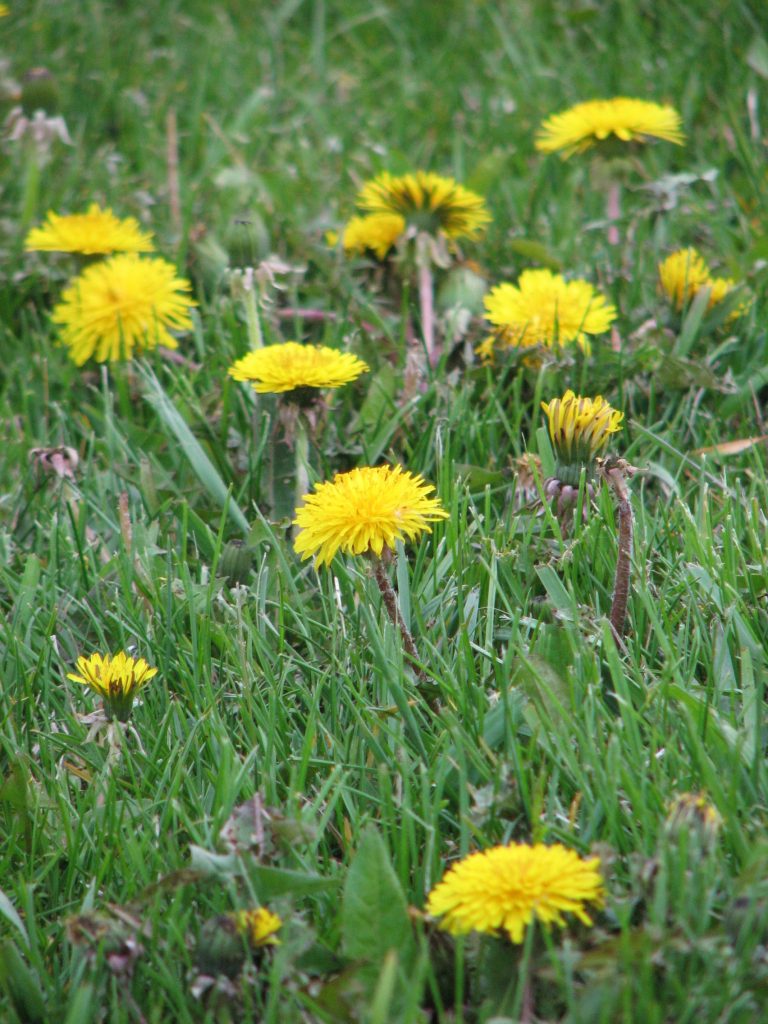
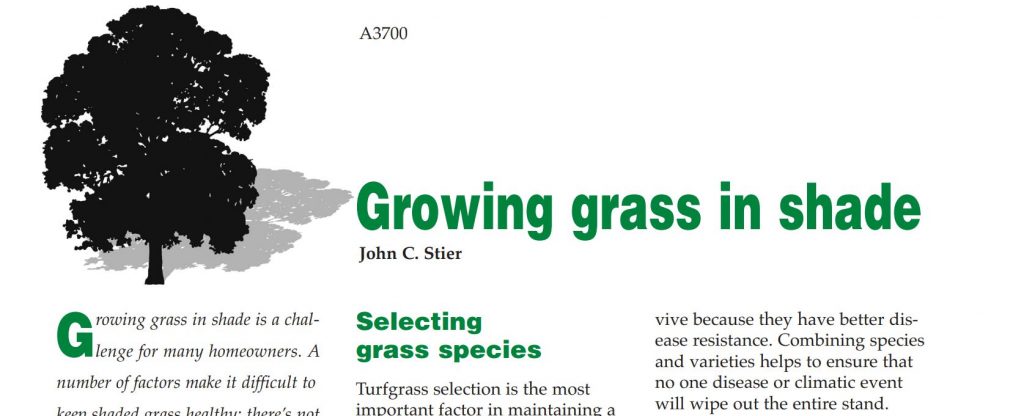
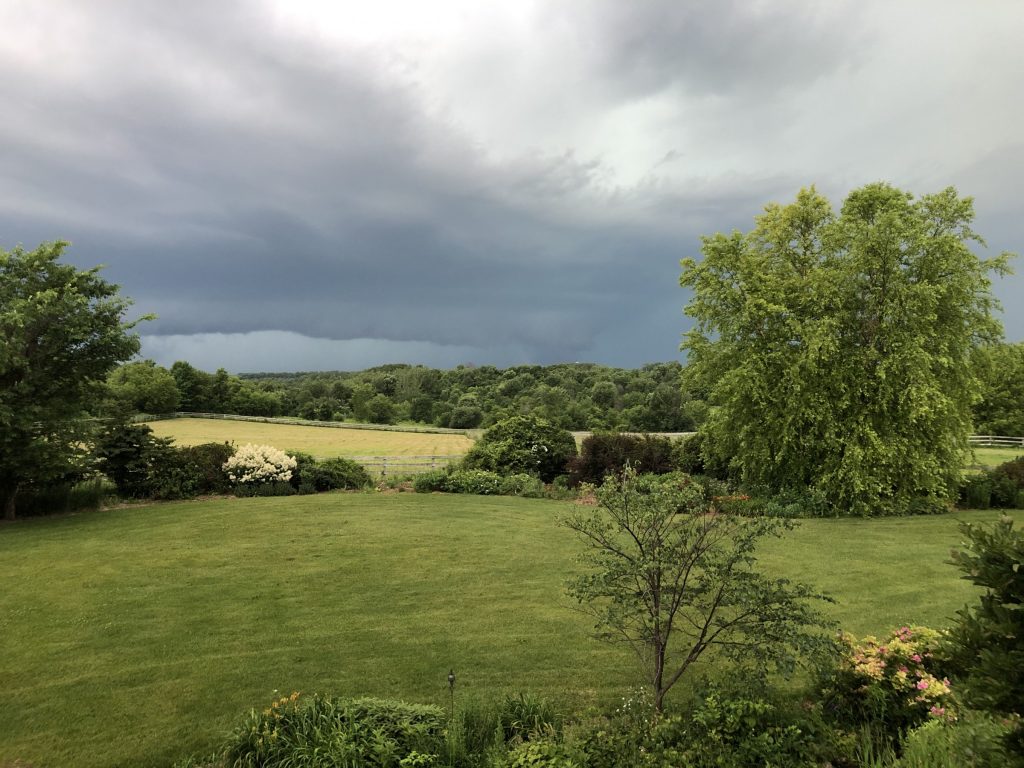

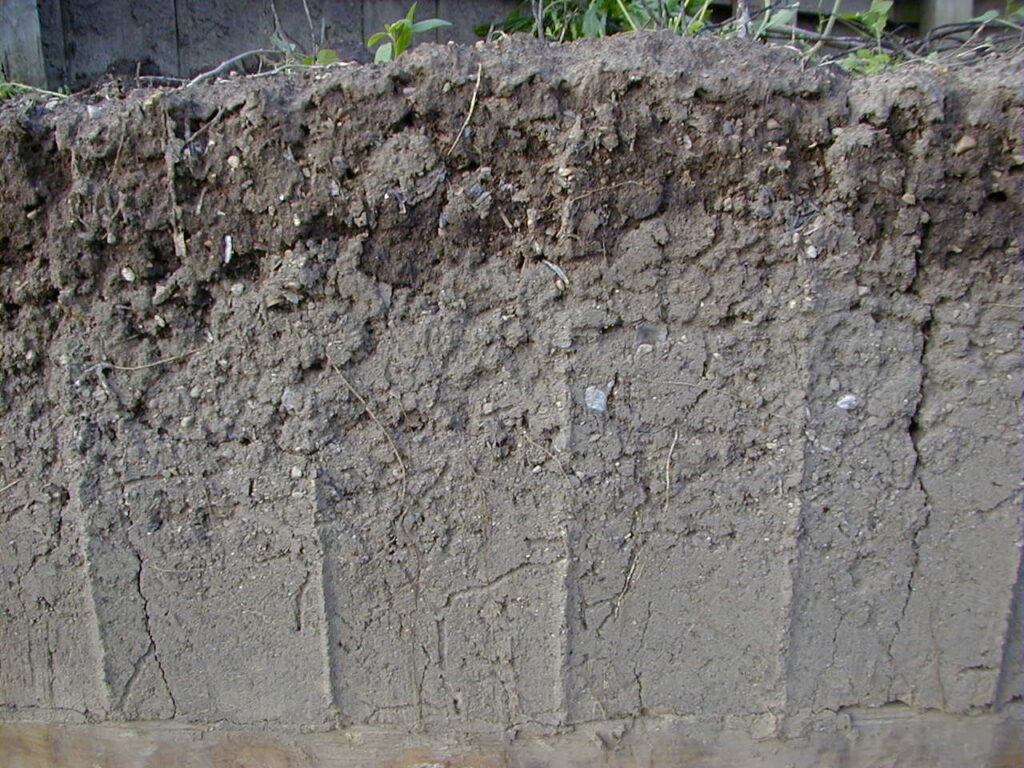

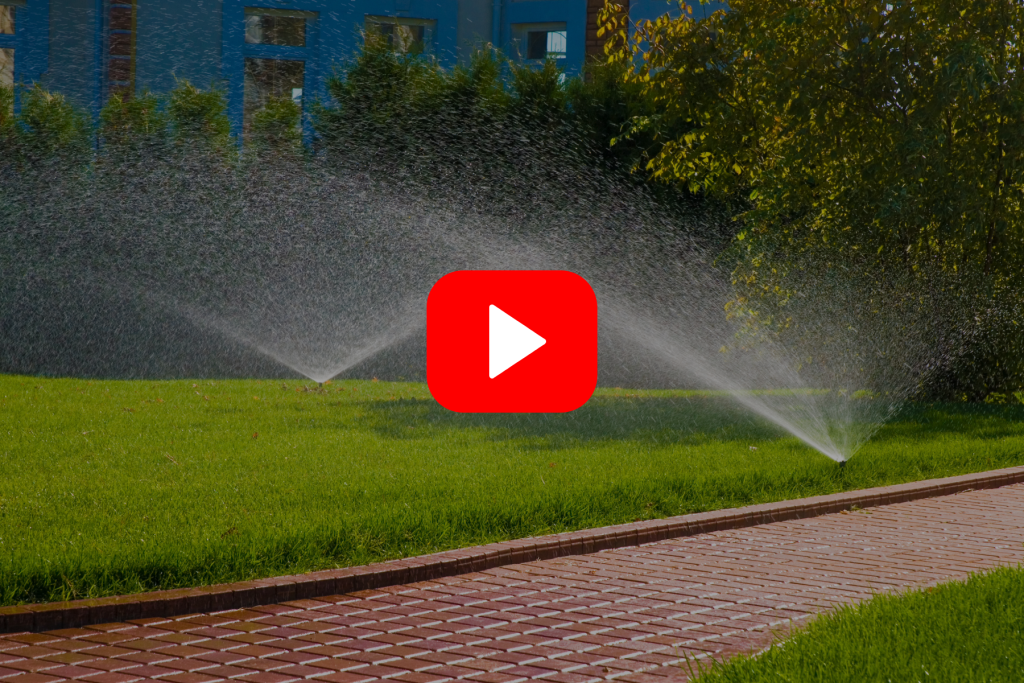

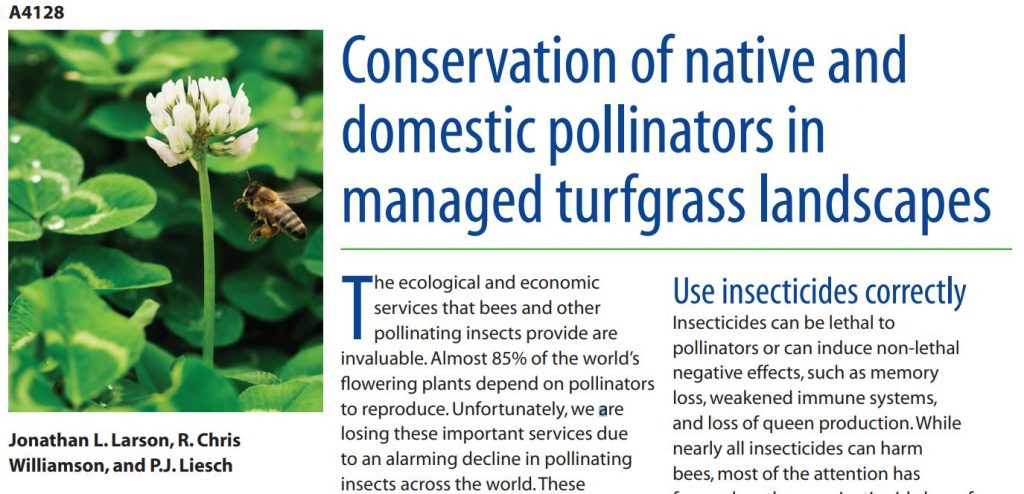
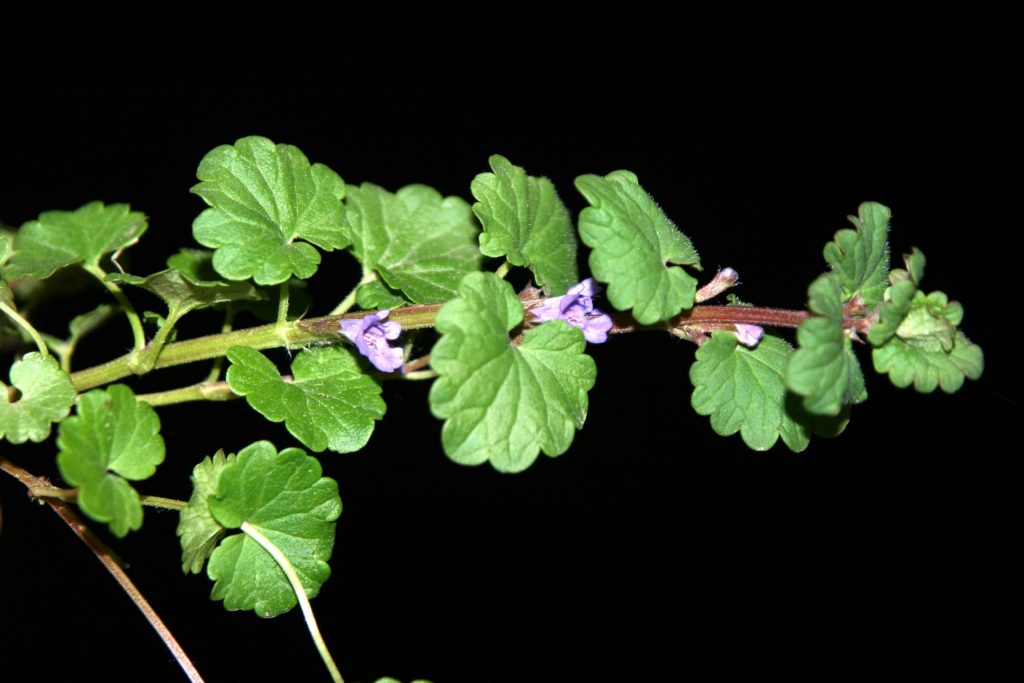 Gleochoma hederaceae‘ loading=’lazy’ />
Gleochoma hederaceae‘ loading=’lazy’ />